City Loses Again In Bid To Prevent Columbia Hospital Demolition
All of the windows now gone from the building while city seeks appeals court ruling.
Milwaukee County Circuit Court Judge Glenn Yamahiro struck another blow Thursday to the Historic Preservation Commission‘s attempt to prevent UW-Milwaukee’s demolition of the former Columbia Hospital.
Yamahiro denied the city’s request for an injunction, allowing the university to continue with demolition even as the city fights the University of Wisconsin System in appeals court over its ability to historically protect buildings.
But Yamahiro wasn’t swayed given the partially-demolished condition of the structure and his view of the likely outcome of the bigger legal question. “I do not find that there has been a strong showing made that the city is likely to succeed on the merits of appeal,” said the judge.
The city formally approved designating the structure as historic in April, which established the requirement for UWM to apply for a certificate of appropriateness to demolish or modify the 103-year-old structure. Both parties discussed potential litigation during the process, and the city filed for an injunction to block any demolition. But Judge Kevin Martens ruled on June 30 that the city’s requirement is a local permitting matter from which the state is exempt. The city appealed the ruling in late August.
The city’s delay on appeal, a source of questioning from Yamahiro, was attributed by Carson to open meeting laws and the need to have the commission schedule a meeting to be briefed in closed session. Carson said the commission wants to both see the building protected and have a court rule that the city’s historic preservation ordinance is enforceable against the state, as a 1980s city legal opinion suggests.
After Martens’ June 30 ruling, demolition work ramped up only to be halted when the city filed its appeal. Patterson said a contractor is currently in the middle of asbestos removal. He said further idling the contractors would jeopardize the validity of the university’s contracts and imperil the ability of the firms to retain workers to complete the jobs.
“A lot of these risks are self imposed,” argued Carson. He said UW-Milwaukee could have complied with the initial designation and secured a certificate of appropriateness from the city to perform the demolition.
UWM is seeking to demolish the oldest portions of the hospital to create green space on its landlocked campus. It has pursued demolition through a public process since 2019, but a petition for historic designation was not submitted until February 2022 after a construction fence went up and interior demolition work started.
Yamahiro estimated that the appeals process could last two years. “One can only imagine the number of problems with this building, given number one, how long it sat vacant, and second, given the fact it’s effectively wide open right now,” he said.
“If the Court of Appeals wants to issue a stay, then that’s their prerogative, I suppose,” said the judge.
The appeal is currently pending.
The university paid $20.2 million for the 1.1-million-square-foot hospital complex in 2010. The oldest portion, an L-shaped building near the intersection of N. Maryland Ave. and E. Hartford Ave., was constructed in 1919 with additions built progressively to the west. UWM officials said the 1919 portion was vacant prior to the university’s acquisition and has remained so, while the university has repurposed newer sections of the hospital.
UWM is reportedly spending $232,000 annually on the vacant building and would need to spend $6 million to demolish and clear the site. According to a UWM report, it would cost $96.5 million to reconfigure the building for STEM space, which the university views as its most pressing need.
Preservation Ordinance At Stake?
An appeals court ruling against the city carries the risk of invalidating the application of all local historic preservation ordinances against state-owned properties.
“This sets a precedent for going forward with state buildings throughout the state of Wisconsin,” said commission chair Patti Keating Kahn on July 11.
Milwaukee’s historic preservation ordinance, which applies to the exterior of designated properties, does not completely prohibit demolition. An applicant needs to obtain a certificate of appropriateness for demolition, which can be granted by the council over the objection of the commission.
The original building was designed in the Georgian Revival style by the Chicago-based firm of Schmidt, Garden and Martin. The firm was a prolific designer of hospitals, but this is its only Milwaukee project. An early expansion was designed by famed Milwaukee architect Alexander C. Eschweiler. Both of those structures are now being demolished.
Could It Be Reused As Housing?
UWM officials previously said a memorandum of understanding between the university and area neighborhood associations prevents it from being used for housing. But a copy of that 2012 agreement, labeled as “collaborative framework,” does not explicitly mention housing, nor the building, and instead discusses the need for enhanced cooperation between the parties.
According to discussions with preservation advocates, at least one party has expressed interest in potentially purchasing the property for use as housing and said it is well suited for such a conversion. UWM associate vice chancellor for facilities, planning and management Melissa Spadanuda said in April it is not practical to sell the building because it is in the middle of its campus.
HPC member and Alderman Robert Bauman, in April, suggested the agreement could be amended and then-alderman for the area Nik Kovac said the situation has changed given that the university has built new residence halls off campus.
A full copy of the historic designation report can be found on Urban Milwaukee.
Aug. 12 Photos
2020 Photos
Update: An earlier version incorrectly identified which made the first court filing.
If you think stories like this are important, become a member of Urban Milwaukee and help support real, independent journalism. Plus you get some cool added benefits.
Political Contributions Tracker
Displaying political contributions between people mentioned in this story. Learn more.
- October 13, 2019 - Robert Bauman received $100 from Patti Keating Kahn
- July 25, 2019 - Nik Kovac received $100 from Patti Keating Kahn
- March 23, 2017 - Robert Bauman received $250 from Patti Keating Kahn
- May 10, 2016 - Robert Bauman received $250 from Patti Keating Kahn
Eyes on Milwaukee
-
Church, Cupid Partner On Affordable Housing
 Dec 4th, 2023 by Jeramey Jannene
Dec 4th, 2023 by Jeramey Jannene
-
Downtown Building Sells For Nearly Twice Its Assessed Value
 Nov 12th, 2023 by Jeramey Jannene
Nov 12th, 2023 by Jeramey Jannene
-
Immigration Office Moving To 310W Building
 Oct 25th, 2023 by Jeramey Jannene
Oct 25th, 2023 by Jeramey Jannene


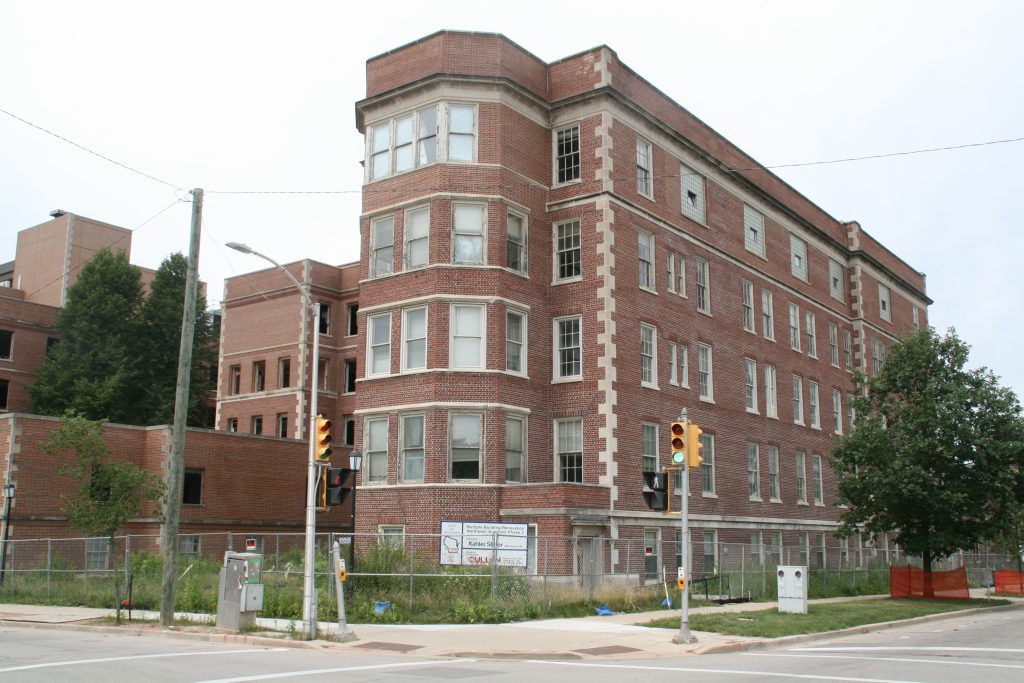
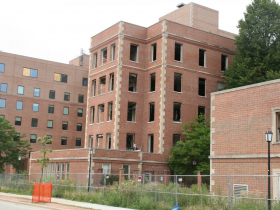
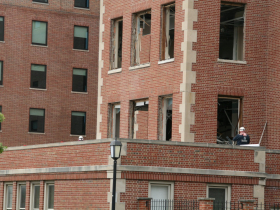
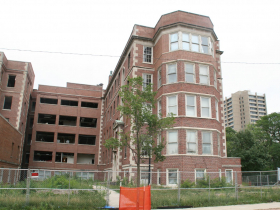
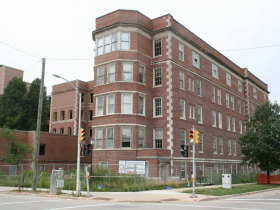
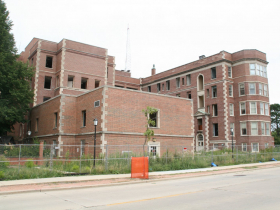
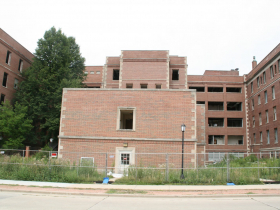
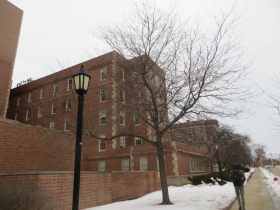
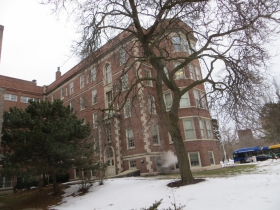
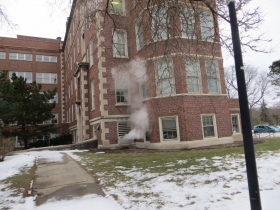
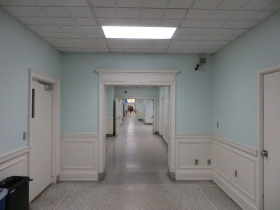
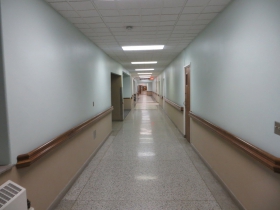
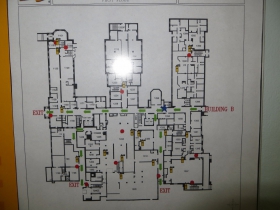




















When is the city going to stop wasting time and money on this ill-advised designation attempt, just to support some rich folks in the neighborhood?
Stop supporting the NIMBY folks, now!
UWM needs more on-campus housing. Could a portion of the building complex be used for graduate student housing, foreign student housing, or married student housing, thus addressing the neighborhood’s concern regarding undergraduates who “party” in the neighborhood? Preserve the historic character (to the extent possible) and redevelop the remainder of the site?
Please stop fighting this!
Many old buildings cost more to upgrade and retro fit than they are worth.
Would the city rather let it sit there and rot?